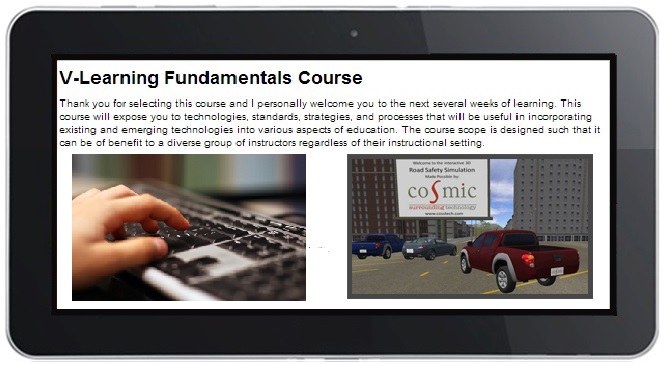Online Education
Online Education – Getting Started
By Mark Sivy
In this age of global opportunities that exist due to increased connectivity, greater mobility, and seemingly endless web-based possibilities, intellectual capacity is now being recognized as a nation’s greatest resource. In response, governments and educational institutions should continuously be seeking to leverage forward thinking strategies and innovative technologies to develop and capitalize on their human capital. Whether changes are being made in public schools, higher education, professional development, or training, the educational processes should be interactive, engaging, and reflective of present and future social and technological trends. A cornerstone of this movement is online education.
In providing a foundation for online education offerings, it should be recognized that creating instructional materials is both an art and a science. Developmental staff should be trained and able to incorporate P-12 learning theory (pedagogy) and adult learning theory (andragogy) in the creation of educational content. Considerations for accomplishing this include:
– performing needs analyses to ensure learner requirements are met and attention is given to areas of concern.
– using online instructional design best practices (the mechanical / technical aspects of online content creation).
– applying instructional systems design (the merging of learning theory and models with instructional design)
– implementation and administration of web-based systems / environments for learning
– identification and implementation of specific web-based learning tools
– performing usability testing
– creating media
– providing teaching and learning support
Reflection Point: Tomorrow’s instructors are knowledge facilitators who empower the learner.

